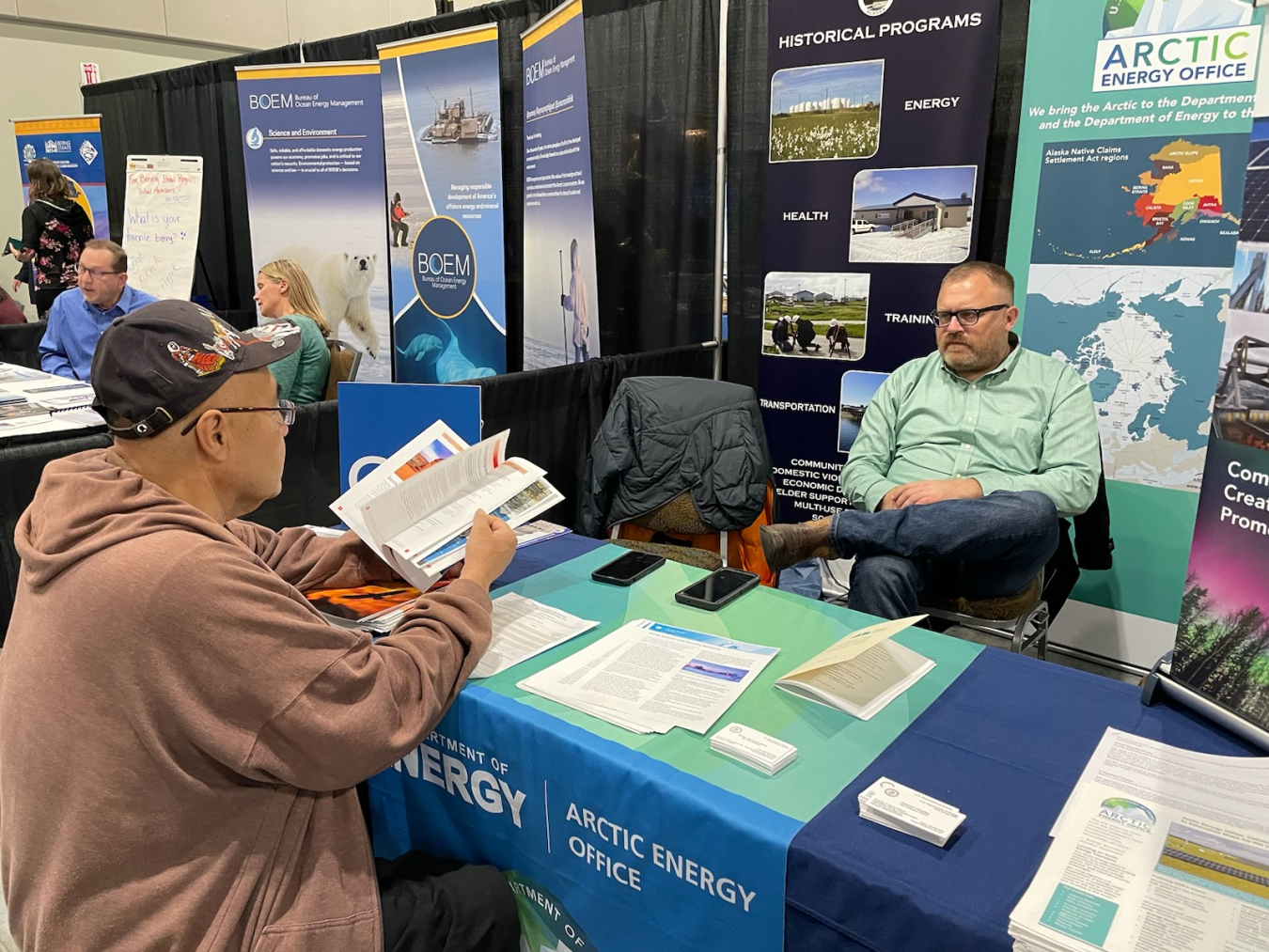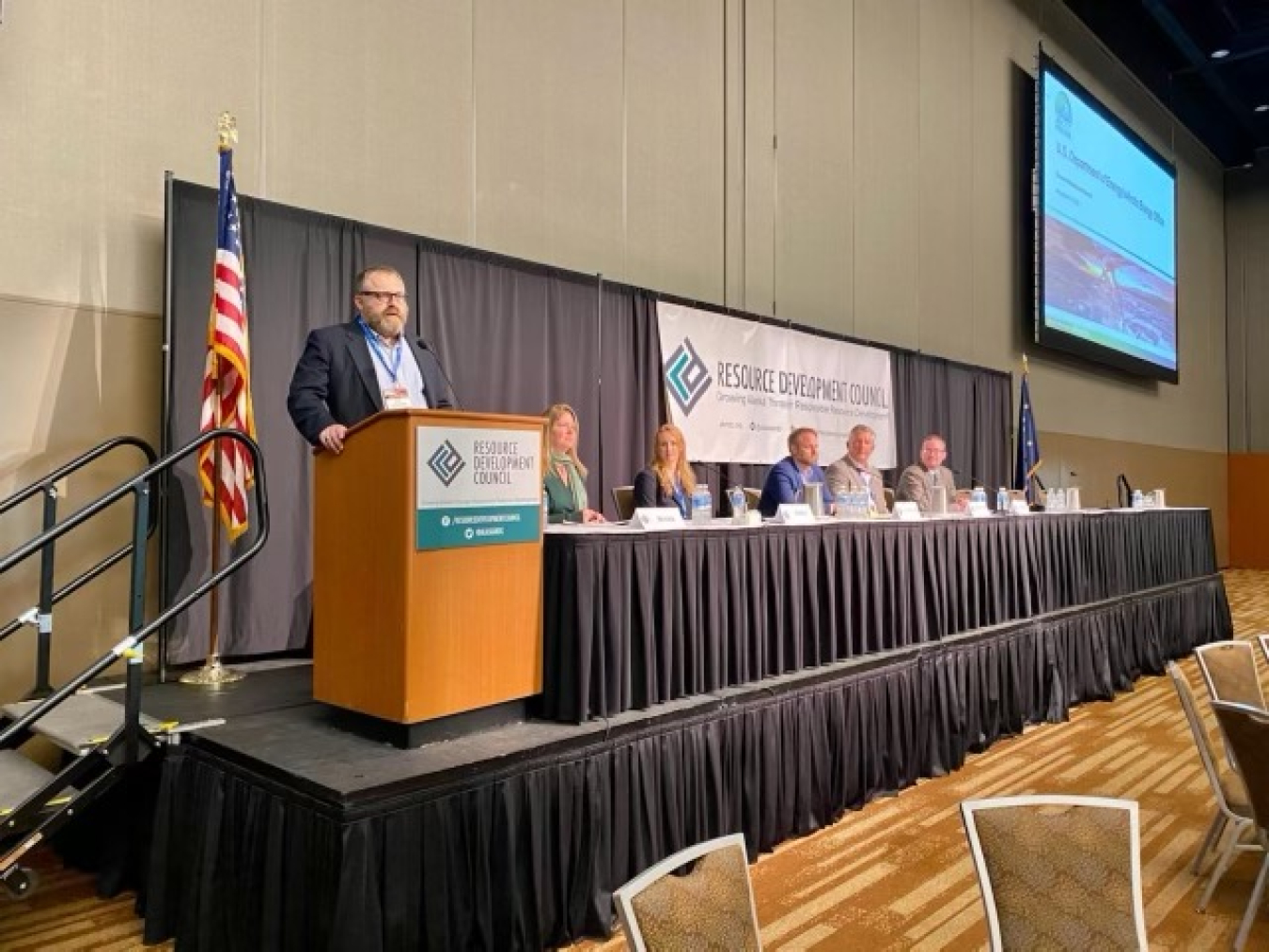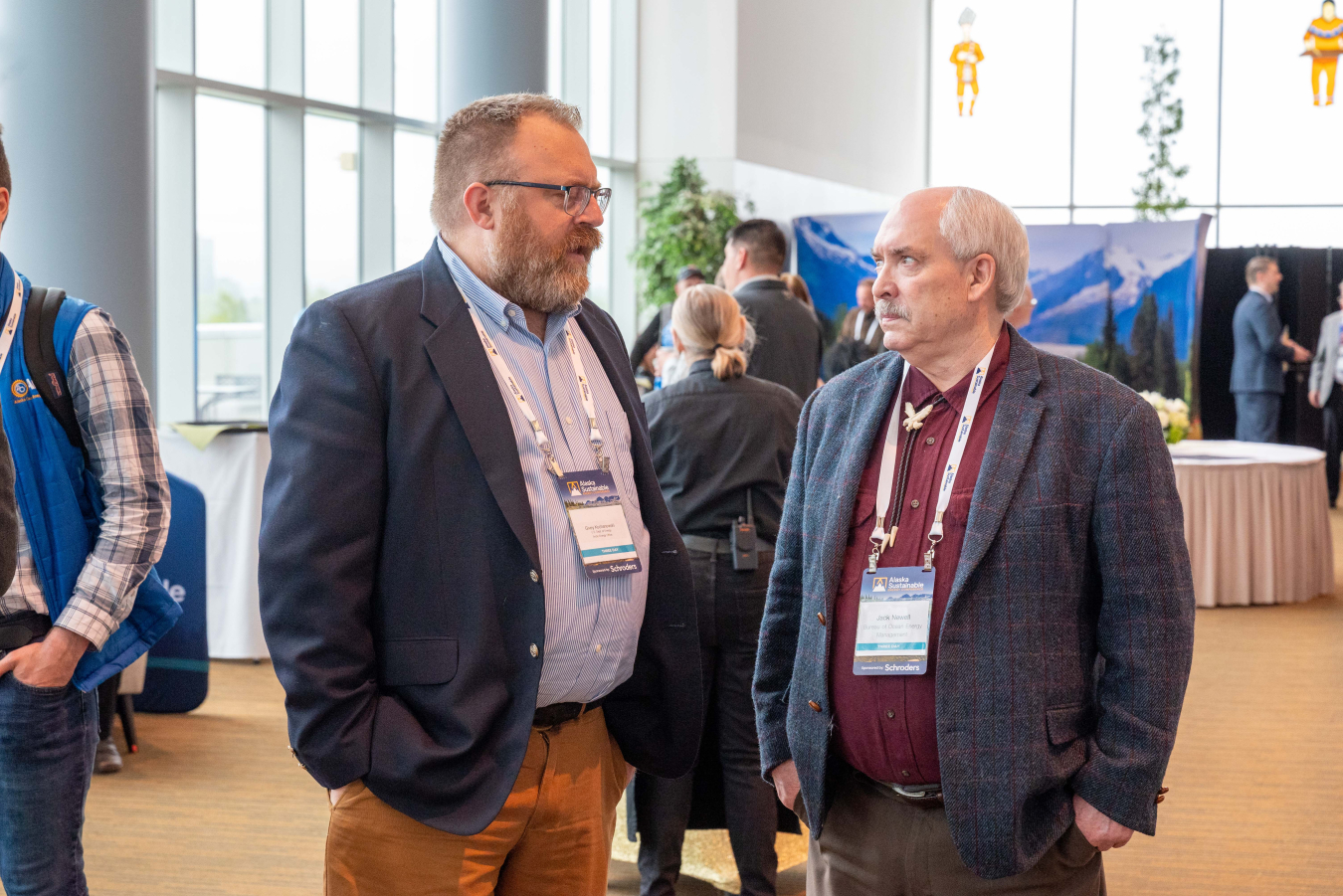This blog aligns with the themes of the Alaska Sustainable Energy Conference, May 22-25 in Anchorage. This blog focuses on Alaska’s opportunity to use its resources to lead the global clean energy transition.
April 28, 2023
For me, “Made in Alaska” came by way of the Midwest. I was introduced to the federal government while growing up on a farm in Wisconsin. My family used several U.S. Department of Agriculture programs, and I recall going to their offices with metal-gray furniture and a smiling portrait of the president in the waiting room. I learned early on that some programs had good intentions but made no sense when they hit reality on small farms way outside the Beltway of Washington, D.C. I learned that people with little experience were making major decisions that affected end users like us. The lesson I learned was that D.C. solutions need the flexibility to apply locally.
Thirty years later when I joined the Department of Energy (DOE), I thought of this childhood experience and noticed not enough had changed, especially when it came to Alaska. Because there was no DOE staff in Alaska that could bridge the D.C. aspirations with on-the-ground realities, I did not think Alaskan entities were well served. Without proper outreach and engagement, the government risks leaving behind many people and industries.

I am proud to be able to bridge that gap, representing DOE with our key Alaskan stakeholders. I manage most of the people side of energy issues and the non-energy DOE programs like critical minerals, environmental justice, and carbon management. As I look back over this past decade with DOE, I can point to several examples of ensuring the Federal government works for and in Alaska. Public service is critical. I diligently watch for and curb federal overreach where I can by following the Constitutional foundations of our nation. I’m glad to be part of an office that respects Alaskans, partners with them, and does not overstep our authority. This is absolutely critical in an energy and resource-rich state like Alaska.
With these resources and its strategic location, Alaska has the chance to lead the world in an energy transition. I look forward the Alaskan stakeholder perspective at the Alaska Sustainable Energy Conference on how to make that happen. For example, the state’s only coal mine, Usibelli, is being tapped for the critical minerals needed for renewable energy products. For decades, the mine has employed hundreds of Alaskans, secured our national interests by powering northern military bases and communities, and has significantly donated to local organizations. While coal products are often overlooked in the era of energy transition, they can be used to extract the critical minerals for the raw materials in renewable energy products. I am excited to partner with the Office of Fossil Energy and Carbon Management in exploring Alaska’s critical mineral potential.

I firmly believe that government should support responsible resource development. Nowhere is this more evident than in the realm of rare earth and critical minerals. China leads this market, yet we have those minerals in the ground in Alaska. I’m a small part of the Carbon Ore-Rare Earth Critical Mineral project to jump start that economy in Alaska. The entire green economy and energy transition requires massive quantities of these materials. Federal and state mining standards are strict and have ensured responsible resource development and environmental quality in Alaska. The same will hold true for critical minerals if permitting processes work as intended. I take this work very seriously as it has local impact with national outcomes. A single F-35 Lighten at Eielson Air Force Base has over 920 pounds of rare earth materials. As a former Air Force Logistics Officer, I understand the critical importance of a secure, domestic supply chain for military hardware and operations.
Working with industry is one of the most rewarding facets of my job because the Arctic Energy Office and DOE as a whole are the teams behind the team driving the Alaskan economy. Alaskans should embrace their role in an energy and natural resource state.
My journey has taken me a long way from being a farm kid in Wisconsin, but I have come to learn my calling in my public service journey, helping to shape and secure Alaska’s future in the role I hold.

Givey Kochanowski

Givey Kochanowski was a senior advisor on Alaska for the Arctic Energy Office, as a detailee from DOE’s Office of Indian Energy Policy and Programs until October 2023.
Before joining the Arctic Energy Office, Givey served eight years in DOE’s Office of Indian Energy Policy and Programs as both the Alaska Program Manager and Senior Advisor. He re-established DOE’s physical presence in Alaska and was the first career employee hired in that office. He delivered technical assistance, capacity building, energy education, and outreach to Alaskan tribal entities to reduce energy costs and improve economic development.
He has an extensive military and international affairs background from his tenure as a Customer Service Director at the U.S. General Services Administration in Alaska and overseas. He also brings Alaskan logistics expertise from his position as the U.S. Forest Service’s Alaska Regional Fleet Manager and as an active duty Air Force commissioned officer.
He is a 2001 U.S. Air Force Academy graduate with assignments at Eglin AFB in Florida, Kunsan Air Base in the Republic of Korea, and Elmendorf AFB in Alaska. He earned his Master of Arts in International Relations from the University of Oklahoma.
Keep In Touch
Drop us a note any time at [email protected] and keep in touch with our work through our social media channels (Facebook, LinkedIn, and Twitter) or our newsletter.


